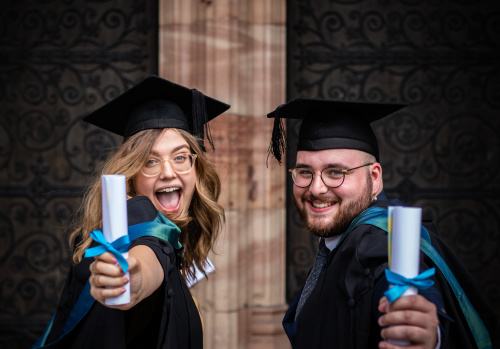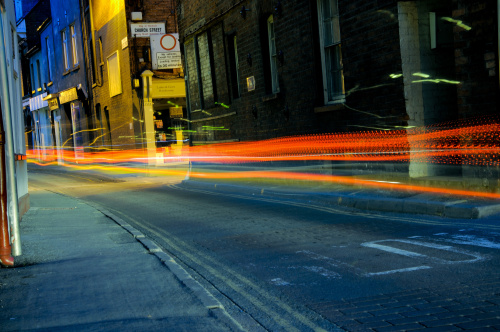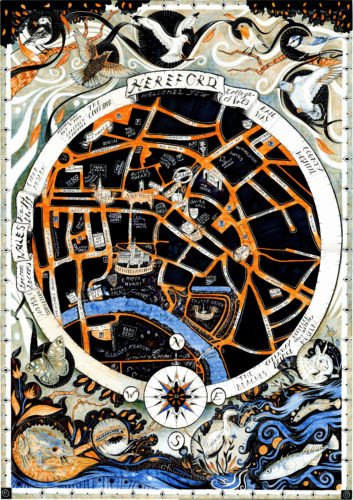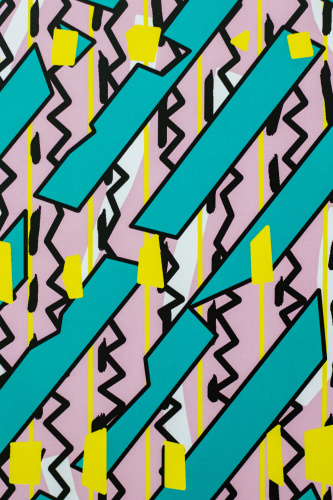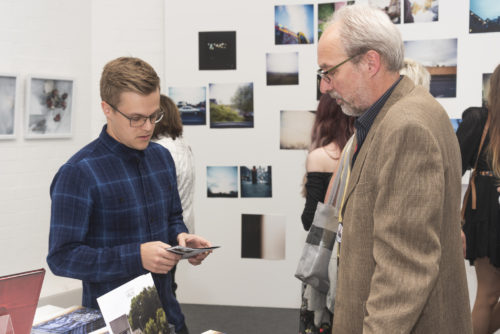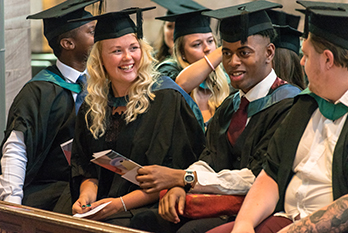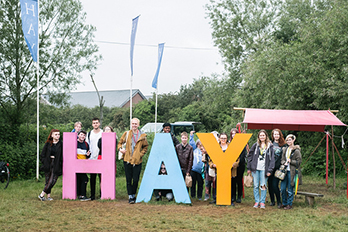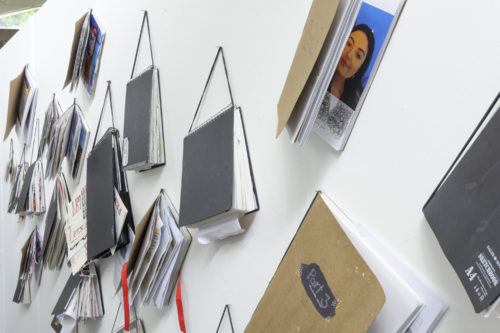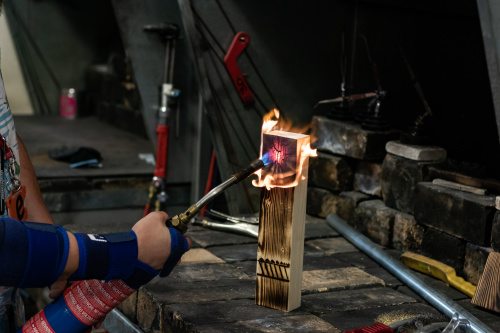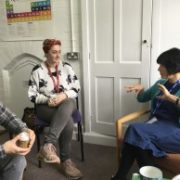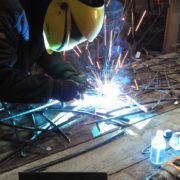Scholarly Practice and Audiovisual in Education: Learning on Screen
Published on 14.12.16
3 1/2 minute read I have often thought about the potential power of the audiovisual essay and how this might support students in creating links between practice and theory. However, I have never had the extraordinary potentialities of the medium pointed out to me in a clear way before watching Catherine Grant’s work at a
Categories
3 1/2 minute read
I have often thought about the potential power of the audiovisual essay and how this might support students in creating links between practice and theory. However, I have never had the extraordinary potentialities of the medium pointed out to me in a clear way before watching Catherine Grant’s work at a recent Learning on Screen event: Audiovisual in Education.
Catherine’s work showed criticality and presented complex ideas and analysis of images. However, it was also a visual creative practice. You can read more about these new and exciting ways to create meaningful academic content in various places. I have provided links below.
This could be, perhaps, a really crucial issue for The Scholarship Project, as we move towards the framing of scholarly practice as something which can be explored through practice and as practice as well as in traditional peer-reviewed journal outputs. It is also particularly pertinent for our learners as part of their creative adventures. I’m very excited about the research Simon Denison is undertaking here at Hereford College of Arts into crafting an academic dissertation alternative which considers theory-as-practice. For me, the academic video-essay supports the removal of a false dichotomy between theory/practice. This could be very relevant for our learners in CBHE.
The entire day was very useful. It was lovely to meet fellow panel members, John Ellis, Bill Thompson, Ian Wall and Charlotte Crofts. These were super-interesting people discussing audiovisual from very different perspectives and with a learner-centred focus. We talk frequently about ‘audiovisual’ and ‘digital’ but these are umbrella terms which need careful unpacking in different contexts and hide complex ideas and issues which bear different explorations and conversations. Bill Thompson’s blog is certainly worth a read and Charlotte’s work exploring different ways of interactions between audience and cinema in The Fleapit is enthralling.
Audiovisual in Education also offered us some lovely examples of how using broadcast materials can enhance science teaching (Chris Wilmott), and how it might support a genuinely critical student engagement with analysis of research methodologies.
Chris Morrison then introduced some very relevant ideas regarding essay capture and the various approaches institutions can take; this is a critical contemporary issue for the educator and it was really interesting to have this potential problem-space identified and opened out to discussions which carried on over lunch in the Royal Geographic Society library (see image below):

The afternoon moved to more pragmatic matters, with a very useful (and surprisingly humorous) presentation on copyright law by Sergio Angelini. Again, I was very pleased to be given this information as it supports our work on dissertation alternatives. Learning on Screen is a great resource here, and something I hope The Scholarship Project will consider as a very useful resource to support the scholarship of learning and teaching generally and, specifically, the potential introduction of alternative academic dissertation models that are genuinely rigorous and practice-led. You can read more about Learning on Screen on their website.
Links to further information regarding the audiovisual essay (this is not comprehensive)
http://filmstudiesforfree.blogspot.co.uk/2012/03/video-essays-and-scholarly-remix-film.html
https://vimeo.com/groups/audiovisualcy
http://reframe.sussex.ac.uk/audiovisualessay/frankfurt-papers/catherine-grant/
